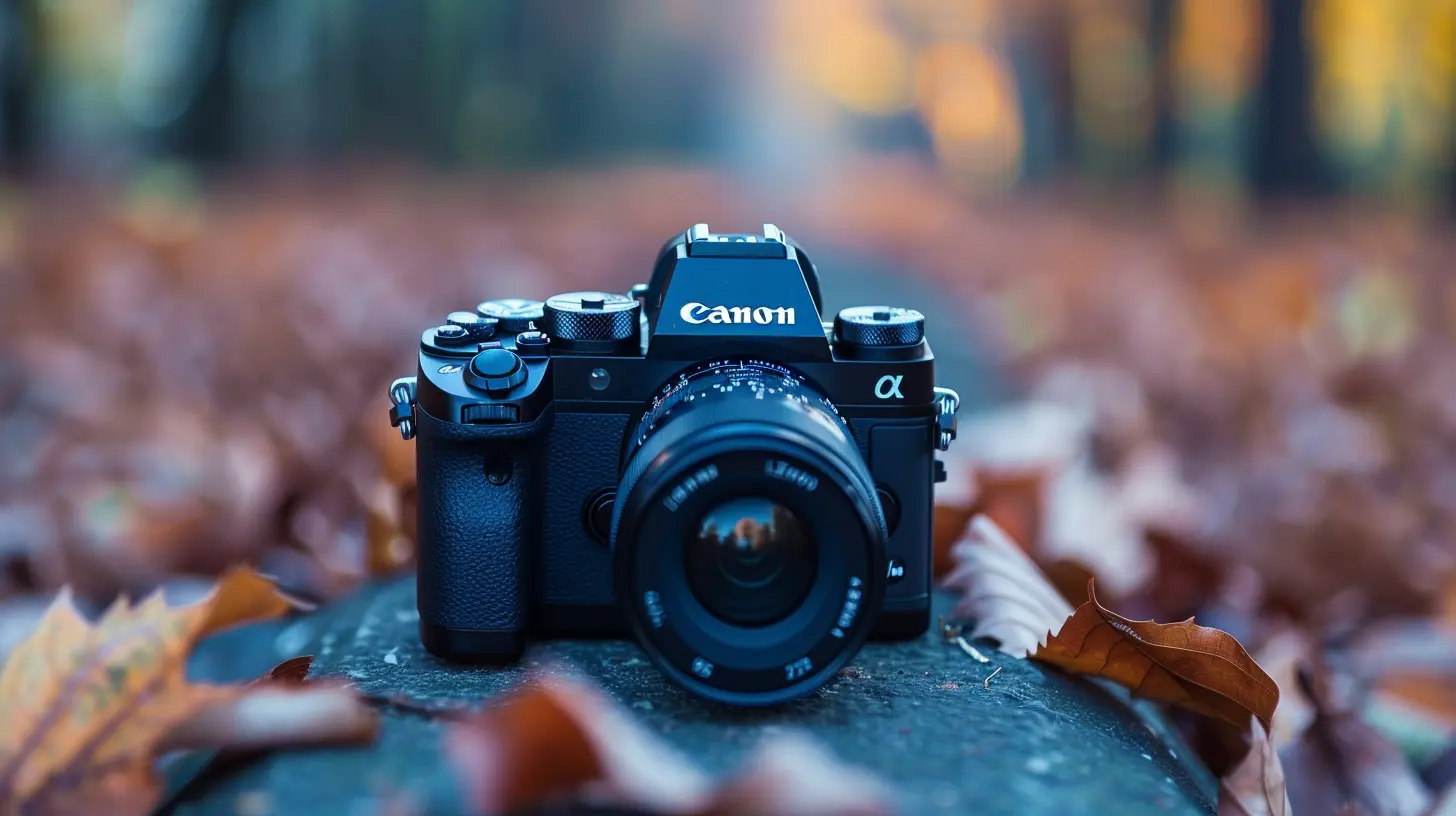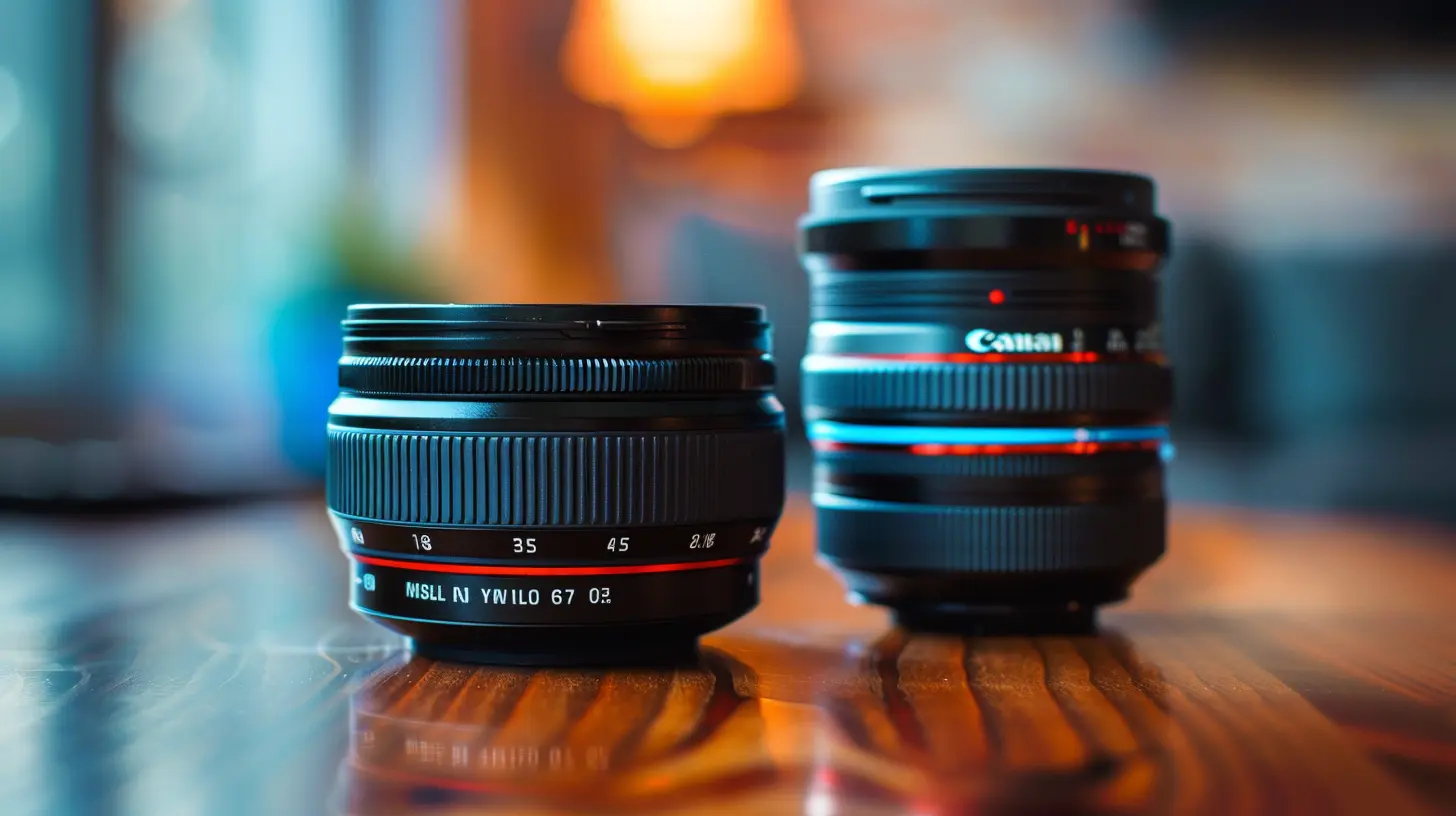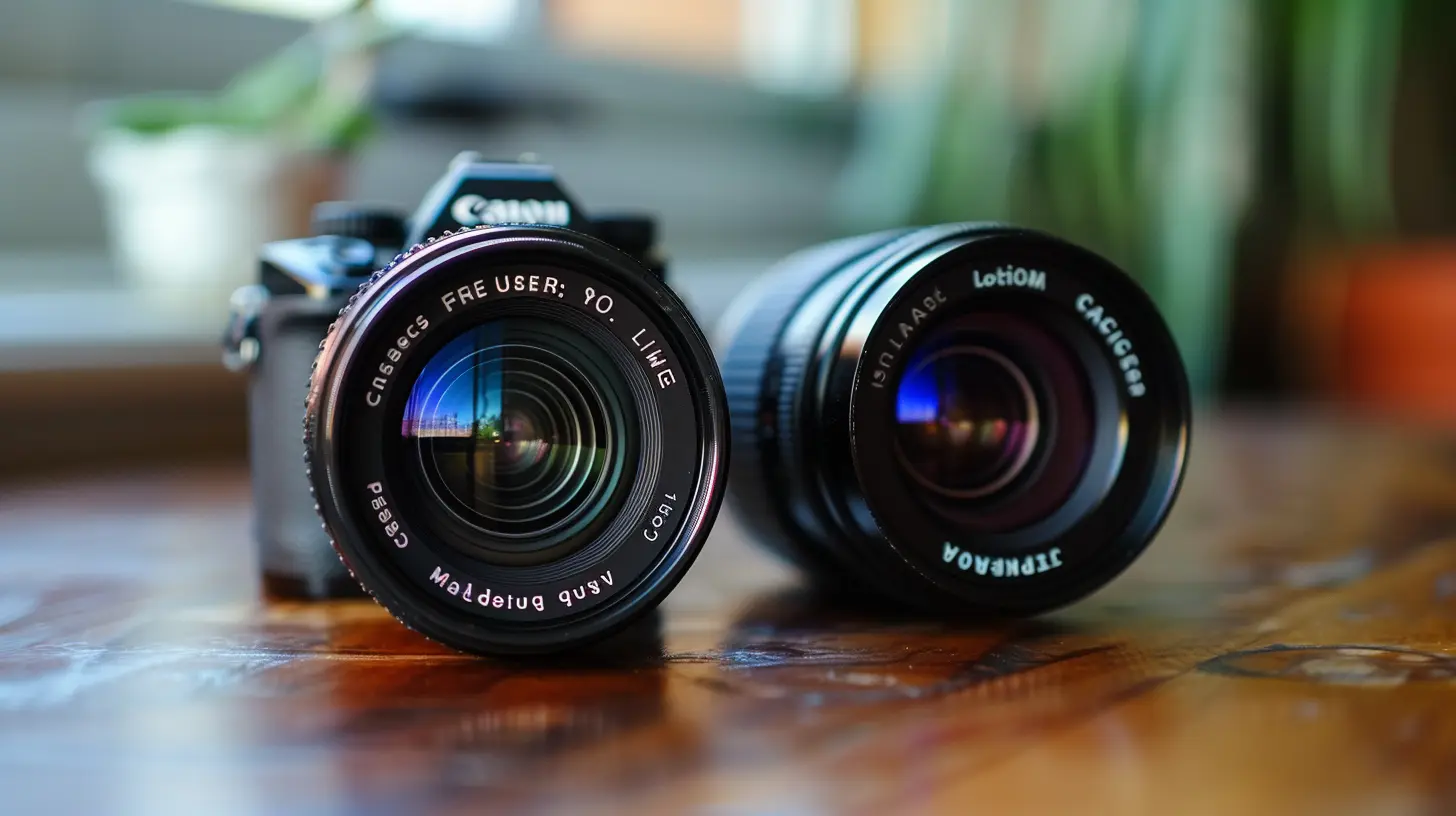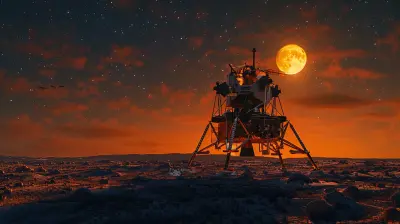Prime vs. Zoom Lenses: Which is Better for Your Photography Style?
24 September 2025
So, you've just picked up your first DSLR or mirrorless camera, or maybe you've been snapping shots for a while now and you're looking to up your game. Either way, the question eventually pops up: _Should I invest in a prime lens or a zoom lens?_
It might sound like a simple “this-or-that” decision, but trust me—picking the right lens is kind of like choosing between a sports car and an SUV. Both get you from point A to point B, but the experience? Totally different.
Whether you're into portraits, landscapes, street photography, or something totally niche, your choice of lens can make a huge difference in the way you shoot. Let’s break it all down and figure out which type of lens is YOUR perfect photography match.
📸 What’s the Real Difference Between Prime and Zoom Lenses?
Before diving into the pros and cons, let’s get the definitions straight.- Prime Lenses have a fixed focal length. That means if you're using a 50mm prime, you get 50mm—no more, no less. Want to get closer? Move your feet.
- Zoom Lenses, on the other hand, offer a range of focal lengths. Think 24-70mm or 70-200mm. You can zoom in and out without changing your lens.
Simple, right? But here's where things start to get interesting.
🪞 Prime Lenses: Sharp, Simple, and Surprisingly Versatile
Let’s start with prime lenses. These no-zoom, fixed-focal-length bad boys might seem limiting at first glance, but they’re actually powerhouses in disguise.✅ Pros of Prime Lenses
1. Sharper Images
Since prime lenses don’t have moving parts to adjust focal length, they tend to be optically simpler and more precise. That usually means sharper images, especially around the edges.2. Wider Apertures
Many prime lenses offer ridiculously wide apertures—f/1.8, f/1.4, even f/1.2 in some cases. This is a big deal for:- Low-light situations
- Blurry, dreamy backgrounds (hello bokeh!)
- Isolating subjects with shallow depth of field
3. Lightweight and Compact
Without the extra glass and mechanics to zoom, primes are generally smaller and lighter. Throw one on a mirrorless camera and boom—you’ve got a discreet, walkaround setup.4. Forces Creative Composition
Yeah, you’ll need to “zoom with your feet,” but that’s not necessarily a bad thing. Being locked into a fixed focal length pushes you to get creative with your angle and composition—kind of like an artistic workout.❌ Cons of Prime Lenses
- Lack of flexibility: Can’t zoom in if your subject is far away.- More gear to carry: Want multiple focal lengths? You’ll need multiple lenses.
- Not always beginner-friendly: If you’re not used to moving around for your shots, it can take some getting used to.

🔍 Zoom Lenses: Flexible, Functional, and Full of Options
Zoom lenses are basically your all-in-one Swiss Army knife. They don’t just sit in one focal length—they move across a range, usually with a twist of a ring.✅ Pros of Zoom Lenses
1. Versatility Galore
One zoom lens can cover multiple focal lengths. That means:- Less gear to carry
- You’re ready for anything—from wide landscapes to tight portraits, all without switching lenses
2. Time-Saver
In fast-paced shooting environments (think weddings, sports, or events), changing lenses can cost you the shot. Zoom lenses let you adapt on the fly.3. Great for Travel
Who wants to lug around three lenses when backpacking across Europe? A solid zoom can be your one-lens-to-rule-them-all solution.❌ Cons of Zoom Lenses
- Heavier and bulkier: All that flexibility adds weight.- Smaller apertures: Most budget-friendly zooms have variable apertures like f/3.5-5.6, which isn’t great in low light.
- Slightly less sharp: Especially at the extremes of their zoom range, some zooms just don’t deliver the razor-sharp images primes do.

🧠 So… Which One’s Better?
Here’s the thing: there’s no universal "better"—it all depends on your style, your needs, and what kind of shooting fuels your creative fire.Let’s look at some scenarios to help you decide.
👤 Portrait Photography: Go Prime
Wanna make your subjects pop with creamy bokeh and dreamy depth? Prime lenses are your best friend here. A 50mm or 85mm prime with an f/1.8 aperture can give you that shallow depth-of-field magic. Plus, portraits don’t usually require lots of movement, so zoom isn’t a must.Recommended prime lenses:
- 50mm f/1.8 (the “nifty fifty”—cheap and awesome)
- 85mm f/1.8 or f/1.4 (great for professional headshots)
🌆 Street Photography: Prime Wins Again
Street photography is all about capturing spontaneous moments. Prime lenses, especially 35mm or 50mm, are light, fast, and less intimidating when you're pointing a lens at a stranger.Plus, you’ll learn to anticipate and frame shots faster when you're consistently at one focal length.
🌄 Landscape Photography: Zoom for the Win
Landscapes often demand a range of focal lengths—wide for vistas, longer for details or compression. A good zoom lets you adapt to the scene without hiking with a bag full of glass.Recommended zoom lenses:
- 16-35mm wide-angle zoom
- 24-70mm standard zoom
🏃♂️ Sports and Wildlife: Zoom is Essential
You can’t exactly “zoom with your feet” when photographing a cheetah or a football game from the stands. You need reach and speed—two things zoom lenses provide in spades.Recommended zooms:
- 70-200mm f/2.8 (industry workhorse)
- 100-400mm for wildlife
✈️ Travel Photography: Toss-Up
This one’s tricky. If you’re going for portability, a small prime lens paired with a compact camera body is great. But if you want coverage for all kinds of scenarios, a high-quality zoom is more practical.Some photographers carry both—a zoom for the daytime adventures, and a fast prime for low-light or night scenes.
💡 Budget Considerations
Another deciding factor? Your wallet.- Prime Lenses: Often cheaper and optically better for the price. You can pick up a 50mm f/1.8 for under $150 and get pro-level results.
- Zoom Lenses: More expensive if you're looking for high-end performance (f/2.8 constant aperture zooms ain’t cheap). Budget zooms exist, but they come with compromises in image quality and aperture.
🏆 The Verdict: Choose Based on Your Style
Still on the fence? Here’s a quick cheat sheet to wrap things up:| Style/Need | Prime Lens | Zoom Lens |
|-------------------------|------------|------------|
| Portraits | ✅ | ❌ |
| Street Photography | ✅ | ❌ |
| Landscapes | ❌ | ✅ |
| Sports & Wildlife | ❌ | ✅ |
| Travel | ➖ (if light travel) | ✅ (if flexibility needed) |
| Budget Friendliness | ✅ | ❌ |
| Low Light Performance | ✅ | ❌ |
| Versatility | ❌ | ✅ |
🧳 Final Thoughts: Prime or Zoom—What’s In Your Bag?
Let’s be honest—most photographers eventually end up owning both. You might start with a zoom for its all-in-one convenience, then add a prime or two when you're ready to experiment and fine-tune your style.And hey, if you're a gear nerd (no shame here), building out your lens collection is half the fun. But if you're just starting out? Think about what—and how—you love to shoot, and let that lead your decision.
So… are you #TeamPrime or #TeamZoom?
Hit the comments or tell us on social—what’s in your camera bag these days?
all images in this post were generated using AI tools
Category:
Camera GearAuthor:

Pierre McCord
Discussion
rate this article
1 comments
Sable Cantu
This article effectively highlights the key differences between prime and zoom lenses, emphasizing their unique advantages for various photography styles. Prime lenses offer superior image quality and low-light performance, while zoom lenses provide versatility and convenience, making each ideal for specific shooting scenarios.
September 28, 2025 at 4:00 AM

Pierre McCord
Thank you for your insightful comment! I'm glad you found the article helpful in understanding the distinct advantages of prime and zoom lenses for different photography styles.


